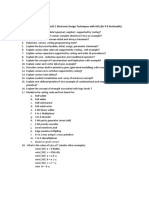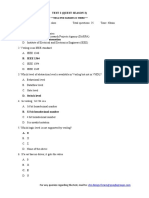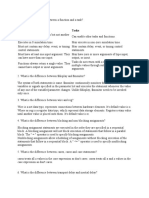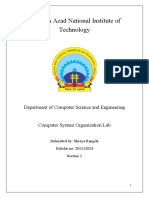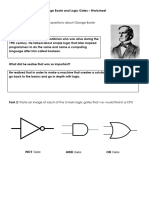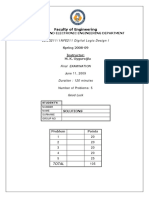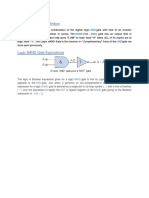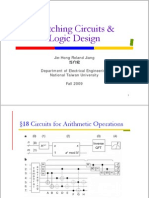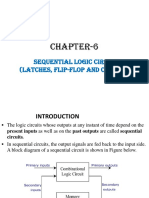0% found this document useful (0 votes)
80 views4 pages1.verilog Objective Test 1
The document contains a training test for Verilog programming with 15 questions covering various aspects of Verilog modules, synthesis, and code behavior. Each question presents multiple-choice answers related to the functionality and implications of specific Verilog code segments. The test assesses understanding of combinational and sequential circuits, data manipulation, and synthesis outcomes in Verilog.
Uploaded by
gocool24072002Copyright
© © All Rights Reserved
We take content rights seriously. If you suspect this is your content, claim it here.
Available Formats
Download as DOC, PDF, TXT or read online on Scribd
0% found this document useful (0 votes)
80 views4 pages1.verilog Objective Test 1
The document contains a training test for Verilog programming with 15 questions covering various aspects of Verilog modules, synthesis, and code behavior. Each question presents multiple-choice answers related to the functionality and implications of specific Verilog code segments. The test assesses understanding of combinational and sequential circuits, data manipulation, and synthesis outcomes in Verilog.
Uploaded by
gocool24072002Copyright
© © All Rights Reserved
We take content rights seriously. If you suspect this is your content, claim it here.
Available Formats
Download as DOC, PDF, TXT or read online on Scribd
/ 4







